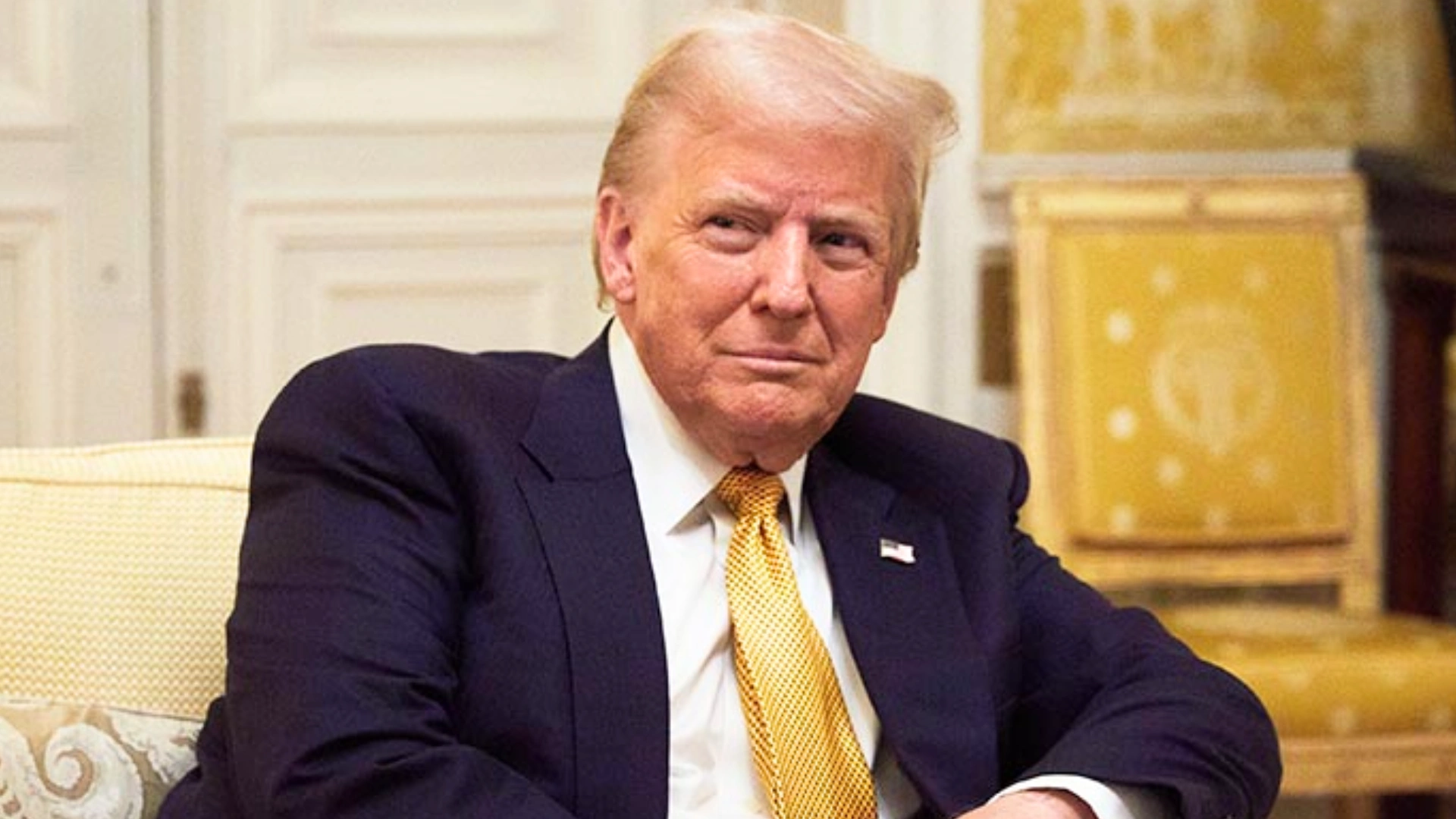In a profound display of reverence, the goddess Durga is honored with a gun salute from the Tripura State Rifles, complemented by the national anthem played in tribute during the immersion of her idol. This ceremonial act signifies the deep respect held for the goddess within the community, emphasizing the significance of the occasion.
A Unique Offering Tradition
In a distinct departure from typical puja practices, the goddess is offered an array of prasad that includes meat, fish, and eggs alongside the more conventional offerings of vegetables and rice. This unique custom adds a layer of cultural richness to the celebrations, reflecting the diverse culinary practices of the region.
A Legacy of Worship
This year’s Durga Puja marks its 148th celebration in its current location, it stands as the oldest puja in Tripura. The roots of this celebration trace back approximately 500 years to Maharaja Krishna Kishore Manikya Bahadur, who first began worshiping the goddess Durga in what is now Chittagong, Bangladesh. Over the centuries, the goddess has been revered in various locations, including Amarpur in Gumati and Udaipur, before finding a permanent home in Agartala.
Chief priest of the Durgabari temple, Jayanta Bhattacharjee, shared insights about the puja’s rich history with PTI, stating, “This time the puja enters its 148th year, the oldest puja in Tripura in its present location.” He emphasized that this celebration is steeped in historical significance and communal memory.
The Distinctive Worship of the Two-Handed Goddess
A remarkable aspect of the Durga Puja at Durgabari is the worship of a two-handed version of Goddess Durga. This unique practice originated from a poignant incident involving Maharani Sulakshana Devi. According to Bhattacharjee, she fainted upon seeing a ten-handed idol of the goddess and received a divine message to worship a two-handed goddess instead. “Since then we are worshipping a two-handed goddess at Durgabari,” he noted, highlighting the profound spiritual significance of this tradition.
Immersion Rituals and Royal Respect
On the day of immersion, the tradition continues with the idol being taken to the royal palace, where members of the Manikya dynasty pay their respects before the journey begins. This practice not only honors the goddess but also pays homage to the royal heritage of Tripura.
Bhattacharjee added that the gun salute and national anthem are part of the immersion day rituals, underscoring the respect and significance attached to the goddess.
Upcoming Festivities
The Durga Puja celebrations in Tripura are set to unfold from October 9 to 12, bringing together devotees and community members in a joyous expression of faith and cultural pride. As the preparations intensify, the spirit of the festival is palpable, promising a vibrant celebration steeped in tradition and history.


















